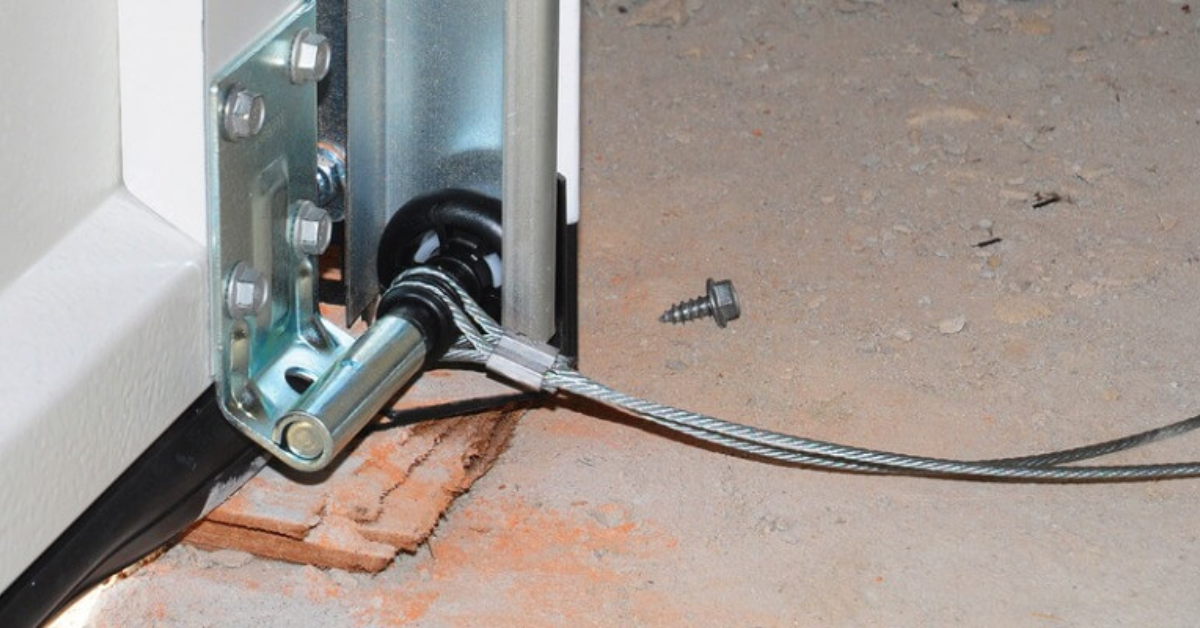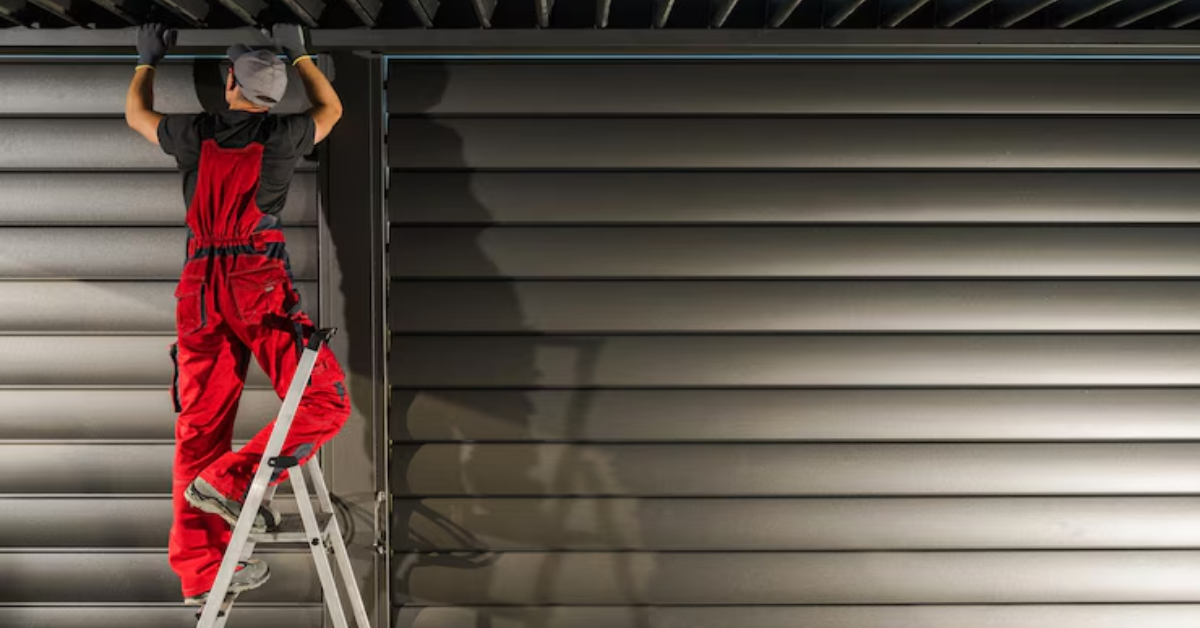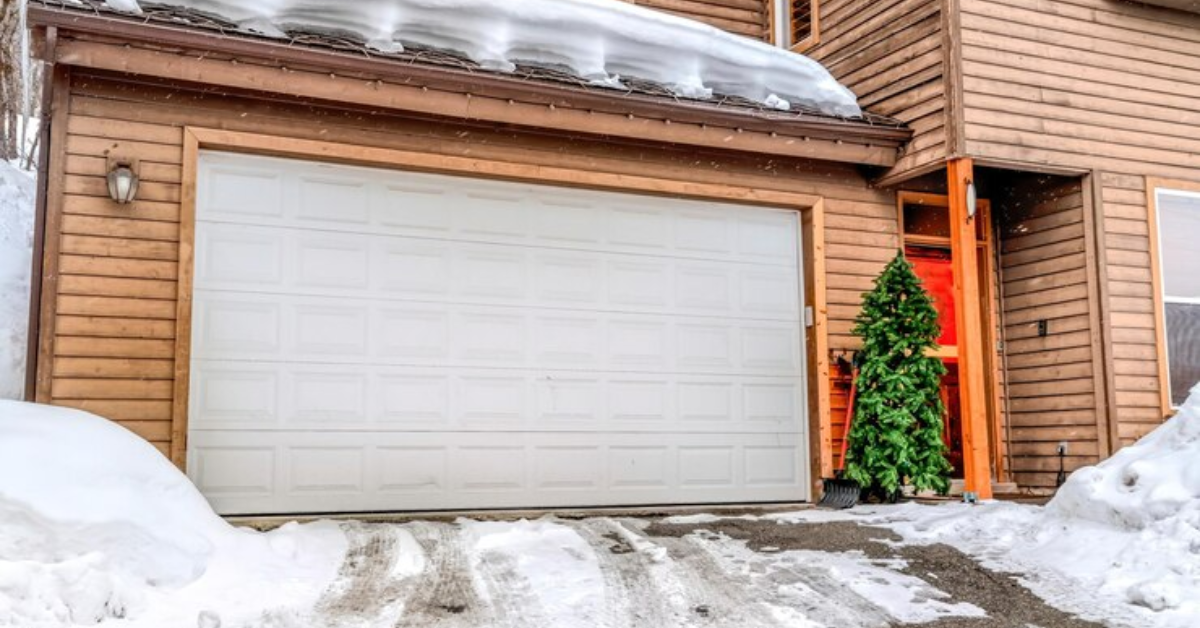Common Garage Door Cable Problems and Their Solutions
Garage doors play a pivotal role in ensuring the security and accessibility of our homes, and their seamless operation is contingent upon the functionality of various components. Cables are among these vital elements that support the weight and facilitate the smooth movement of garage doors. Understanding the pivotal role that garage door cables play in the overall functionality is paramount for every homeowner.
Garage door cables act as the silent force behind the graceful ascent and descent of your garage door. These sturdy cables, often overlooked, work in tandem with the springs to balance the weight of the door, ensuring it opens and closes smoothly. As an integral part of the garage door mechanism, these cables are subjected to substantial stress and wear over time. Recognizing the significance of garage door cables is the first step towards appreciating the need for their regular maintenance and
prompt resolution of any issues.
Despite their robust design, garage door cables are not immune to wear and tear. Homeowners frequently encounter a range of issues that can impede the proper functioning of these cables, leading to potential disruptions in the garage door operation. From frayed and damaged cables to instances of slackness or being off-track, these common problems can cause inconvenience and compromise the safety of your garage. In this comprehensive guide, we will delve into these prevalent garage door cable issues and provide practical solutions to empower homeowners in addressing and resolving these concerns effectively. If your garage door cable is loose, it's essential to tighten or replace it promptly to ensure safe and proper door operation.
Understanding Garage Door Cables
Garage door cables serve a fundamental role in the intricate system that facilitates thesmooth operation of your garage door. Acting as a critical component of the counterbalance system, these cables work in conjunction with the door's springs to manage the weight distribution and movement. Their primary function is to support the door's weight and ensure it opens and closes evenly.
Garage doors, especially thosemade of heavy materials like wood or metal, can exert significant force. The role of the cables is to distribute this weight evenly, preventing any imbalance that could lead to uneven movement or strain on other components.
Garage door cables are an integral part of the counterbalance system, which includes springs and other components. This system is designed to offset the gravitational force acting on the garage door, making it easier to lift manually and reducing the load on the door opener motor.
By providing a controlled and balanced descent, garage door cables contribute to the smooth operation of the door. This not only enhances the overall functionality but also extends the lifespan of various components in the garage door system.
Types of Garage Door Cables
Garage door cables come in different types, each designed to suit specific garage door configurations and mechanisms. Understanding the types of cables is crucial for proper maintenance and addressing issues effectively.
Torsion Cables:
Torsion spring systems commonly use torsion cables. These cables are attached to the bottom bracket and wind around the torsion spring. As the spring unwinds or winds, it generates the force necessary to lift or lower the garage door.
Extension Cables:Extension spring systems employ extension cables. These cables run from the bottom brackets, through pulleys, and then attach to the rear track hangers. Extension springs stretch and contract as the door moves, with the cables aiding in the lifting and lowering process.
Safety Cables: Particularly important for extension spring systems, safety cables run through the extension springs to prevent them from causing damage or injury if they were to break. Safety cables are an additional layer of protection and are recommended for all garage doors using extension springs.
Knowing the role and types of garage door cables lays the foundation for effective maintenance and troubleshooting, ensuring the longevity and optimal performance of your garage door system.
Common Garage Door Cable Problems
Frayed or Damaged Cables
Frayed or damaged garage door cables are a prevalent issue that can compromise the functionality and safety of your garage door system.
Causes:The wear and tear on garage door cables can be attributed to various factors, including prolonged usage, exposure to harsh weather conditions, or poor maintenance. Over time, cables may fray due to rust, corrosion, or the natural aging process.
Signs of Frayed Cables:Identifying frayed cables is crucial for timely intervention. Visual inspection is key – look for any visible signs of unraveling or damage. Additionally, irregular movements, unusual sounds during operation, or a door that appears uneven may indicate frayed cables.
Solutions: Addressing frayed or damaged cables requires prompt action. In most cases, replacing the damaged cables is necessary. It is recommended to consult with a professional garage door technician to assess the extent of the damage and ensure the proper installation of new cables. Regular maintenance, such as lubrication and visual inspections, can also help prevent cable fraying and extend the life of your garage door system.
Loose or Slack Cables
Causes:Loose or slack cables can result from the natural stretching of cables over time, improper cable tension adjustment, or issues with the garage door springs.
Signs of Loose Cables: Detecting loose cables involves observing any sagging or visible slackness in the cables. An uneven closing or opening motion of the garage door may also indicate loose cables.
Solutions: Tension adjustment is often required to address loose or slack cables. This adjustment should be performed by a qualified garage door technician to ensure proper tension levels, preventing further issues and ensuring smooth door operation.
Snapped Cables
Causes: Cable snapping can occur due to prolonged stress, wear, or exposure to extreme temperatures. Rust and corrosion are common culprits, leading to weakened cables that eventually snap.
Signs of Snapped Cables: Visibly broken or severed cables are clear indicators of cable snapping. Additionally, a garage door suddenly dropping on one side or becoming unbalanced may suggest snapped cables.
Solutions:When cables snap, replacement is the primary solution. It is crucial to engage the services of a professional technician for safe and accurate cable replacement. Addressing the root causes, such as rust or corrosion, can also prevent future cable snapping.
Off-Track Cables
Causes:Off-track cables may occur due to misalignment, damaged rollers, or a malfunctioning cable drum. Poorly maintained tracks or an impact on the door can also lead to cables coming off-track.
Signs of Off-Track Cables:A visibly misaligned or skewed garage door is a key sign of off-track cables. Unusual noises during door operation and resistance when manually opening or closing the door may also indicate this issue.
Solutions:Realigning the cables with the tracks and addressing any damage to rollers or cable drums are common solutions for off-track cables. Professional assistance is recommended to ensure precise adjustments and to avoid further damage to the door or its components. Regular maintenance can help prevent cables from going off-track in the first place.
DIY Troubleshooting Tips
Visual Inspection:Conducting a regular visual inspection is a simple yet effectiveDIY troubleshooting step. Examine the garage door cables for any visible signs of damage, fraying, or misalignment. Check the cable connections, brackets, and pulleys for wear or loose components. Identifying issues early through a visual inspection can help prevent more significant problems and contribute to the overall maintenance of your garage door system.
Lubrication and Maintenance:Proper lubrication is essential for the smooth operation of your garage door cables and other moving parts. Apply a recommended lubricant to the cables, rollers, and hinges to reduce friction and enhance performance. Regular maintenance, including cleaning and tightening of hardware, is also crucial. DIY lubrication and maintenance can contribute to the longevity of your garage door system and minimize the risk of common issues.
Tension Adjustment:Tension adjustment is a more advanced DIY troubleshooting tip that involves modifying the tension in the garage door cables. If you notice issues such as uneven door movement or sagging, adjusting the tension may help. However, it's important to approach tension adjustments cautiously, as incorrect adjustments can lead to further problems. Refer to the manufacturer's guidelines or seek professional advice if you're unsure about performing tension adjustments yourself.
The Right Time to Seek Professional Help
Safety should be the top priority when dealing with garage door issues. If you encounter problems that pose a safety risk, such as significant cable damage, sudden door movements, or unusual noises, it's time to seek professional help. Trying to address complex safety-related issues without expertise can lead to accidents or further damage.
While DIY troubleshooting can handle basic maintenance and minor issues, morecomplex repairs require professional expertise. Complex repairs may involve intricate components, electrical systems, or specialized tools. If you are uncertain about the complexity of a particular issue, it's advisable to consult with a professional garage door technician.
Certain signs indicate the need for professional intervention, including persistent problems despite DIY efforts, repeated cable issues, or difficulties with the door's overall functionality. Professional technicians have the knowledge and experience to diagnose and address intricate problems, ensuring the safe and efficient operation of your garage door system.
Conclusion
Understanding and addressing common garage door cable problems are paramount for ensuring the longevity and smooth operation of your garage door system. A recap of prevalent issues, such as frayed cables, loose cables, and off-track cables, emphasizes the need for regular visual inspections and DIY maintenance. Recognizing the importance of timely maintenance not only prevents minor issues from escalating but also contributes to the overall safety and efficiency of the garage door. When faced with complex problems or safety concerns, contacting professionals for repairs is crucial, as their expertise ensures accurate diagnostics and reliable solutions, providing homeowners with a secure and functional garage door system.




